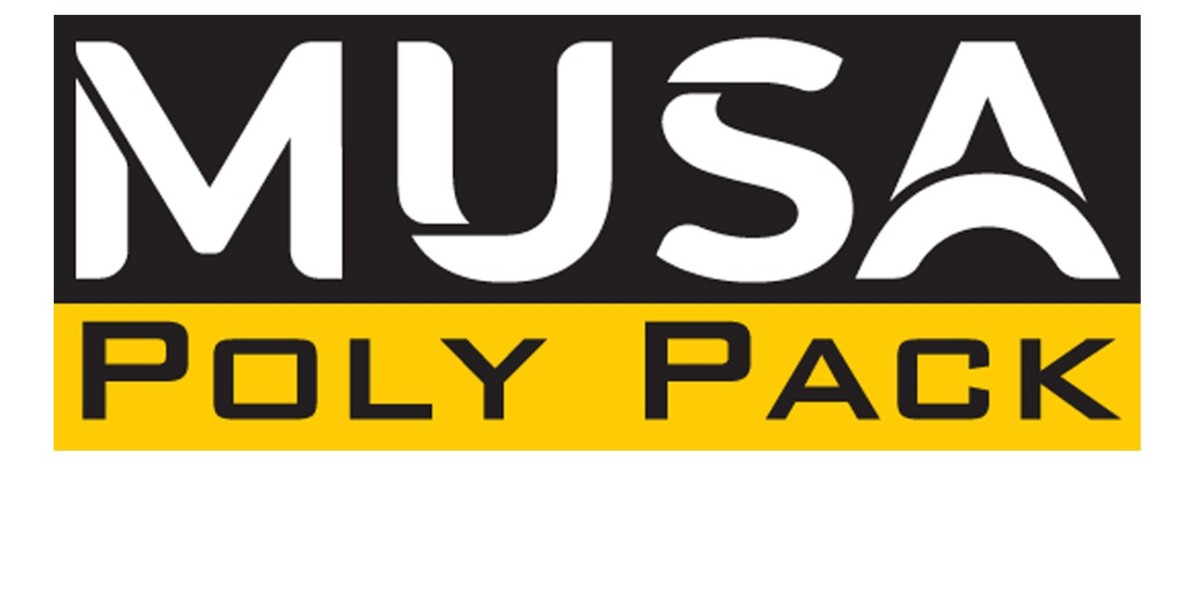Water Stopper: An Essential Component for Waterproofing and Leak Prevention
In the world of construction and infrastructure, one of the key challenges faced is ensuring the long-term durability and functionality of structures against water infiltration. Water damage is a leading cause of structural issues, leading to costly repairs and weakening the integrity of buildings. To combat this problem, engineers and architects rely on various materials and techniques designed to prevent water from entering unwanted areas. One such solution is the water stopper. Water stoppers are essential components in the waterproofing of structures, helping to seal joints, cracks, and other vulnerable points where water might penetrate. Whether used in concrete construction, tunnels, reservoirs, or basement waterproofing, water stoppers play a critical role in maintaining the safety and longevity of a building or infrastructure. This article will explore the different types of water stoppers, their uses, benefits, and the importance of selecting the right water stopper for various applications.
What is a Water Stopper?
A water stopper, also known as a waterbar or water seal, is a specialized product used in construction to prevent the passage of water through construction joints, cracks, and other vulnerable areas in concrete structures. Water stoppers are typically installed in the form of strips, membranes, or other sealant materials during the construction process, particularly at points where different sections of concrete meet. These areas are often prone to water leakage due to the natural expansion and contraction of materials, as well as the stress exerted on concrete during its curing process.
Water stoppers come in various forms, including rubber, PVC, and hydrophilic (water-activated) materials. The choice of material often depends on the specific requirements of the project, such as the amount of water pressure, environmental conditions, and the type of structure being built.
Types of Water Stoppers
Rubber Water Stoppers Rubber water stoppers are among the most commonly used types of water stoppers in construction. Made from synthetic rubber compounds, these water stoppers offer excellent resistance to water pressure, chemicals, and extreme weather conditions. Rubber water stoppers are durable and long-lasting, making them ideal for use in projects where constant exposure to water is expected, such as in reservoirs, dams, and basements. They are available in various profiles, including "dumbbell," "T," and "I" shapes, to accommodate different joint configurations.
PVC Water Stoppers PVC (Polyvinyl Chloride) water stoppers are another popular option for waterproofing. PVC is a lightweight, flexible material that can be easily molded into various shapes and sizes. These water stoppers are often used in construction projects that require a cost-effective solution. PVC water stoppers are highly resistant to water, chemicals, and oils, making them suitable for a wide range of applications, including sewage systems, underground water tanks, and foundation joints. They also have good resistance to aging and UV radiation.
Hydrophilic Water Stoppers Hydrophilic water stoppers are unique in that they activate and expand when they come into contact with water. Made from special materials that swell when exposed to moisture, hydrophilic water stoppers form a tight seal that prevents the penetration of water even under high-pressure conditions. These types of water stoppers are especially useful in applications where water leakage may occur at varying pressure levels or where joints are subjected to movement. Hydrophilic water stoppers are commonly used in tunnels, foundations, and basement walls.
Preformed Water Stoppers Preformed water stoppers are molded strips or membranes that are typically placed in concrete joints before the concrete is poured. These water stoppers provide an immediate seal and are often made from rubber or PVC materials. Preformed water stoppers are easy to install and provide a continuous seal, ensuring that no gaps are left for water to seep through. They are ideal for use in projects such as swimming pools, water treatment plants, and parking structures.
Metal Water Stoppers Metal water stoppers, made from materials such as stainless steel or aluminum, are used in areas where high mechanical strength is required. These water stoppers are typically used in high-pressure applications, such as dams or hydraulic structures. Metal water stoppers are durable and resistant to extreme environmental conditions, making them suitable for heavy-duty waterproofing requirements.
Applications of Water Stoppers
Water stoppers are used in a wide range of construction applications to prevent water from entering structures. Some of the most common areas where water stoppers are applied include:
Basement Waterproofing One of the most common uses of water stoppers is in basement waterproofing. Basements are particularly susceptible to water infiltration, as they are often located below ground level and exposed to moisture from the surrounding soil. Water stoppers are installed in the joints of basement walls and floors to prevent water from seeping in and causing damage to the foundation. They are particularly effective when combined with drainage systems to manage water pressure around the basement.
Tunnels and Underground Structures Water stoppers are critical in the construction of tunnels and other underground structures, where water infiltration can lead to serious structural damage and safety concerns. In tunnel construction, water stoppers are placed along construction joints, such as at the intersections of tunnel segments. Hydrophilic water stoppers are often used in these applications to ensure that water is effectively sealed out, even under varying levels of pressure.
Dams and Reservoirs In the construction of dams and reservoirs, water stoppers are used to prevent water from leaking through construction joints. The pressure from water stored behind a dam is immense, so the use of high-quality water stoppers is essential to maintaining the integrity of the structure. Rubber and PVC water stoppers are often employed in these applications due to their ability to withstand high-pressure conditions.
Water Treatment Plants Water treatment plants rely on water stoppers to prevent water from leaking through joints in pipes, tanks, and other critical infrastructure. Since water treatment plants handle large volumes of water, maintaining a leak-free environment is crucial for operational efficiency. Water stoppers are used in both the construction of new plants and the maintenance of existing ones.
Swimming Pools In swimming pool construction, water stoppers are used to seal joints between the pool walls and floor. This helps prevent water from leaking into the surrounding soil or causing damage to the pool structure. Preformed water stoppers are commonly used in this application, as they are easy to install and provide an effective seal.
Benefits of Using Water Stoppers
Leak Prevention: The primary benefit of using water stoppers is their ability to prevent water from infiltrating construction joints and other vulnerable points. This is especially important in areas exposed to high levels of water pressure, such as underground structures and water storage facilities.
Enhanced Durability: Water stoppers extend the lifespan of structures by protecting them from water-related damage. Without proper waterproofing, water infiltration can cause significant damage to concrete, leading to cracks, rusting reinforcement, and weakening of the structure.
Cost-Effective: Installing water stoppers during the construction phase is a cost-effective way to prevent costly repairs and maintenance down the road. Waterproofing solutions like water stoppers help to avoid water damage, mold growth, and other issues that can arise from water infiltration.
Easy Installation: Water stoppers are relatively easy to install, and their placement can be integrated into the construction process with minimal disruption. Once installed, they provide a long-lasting, low-maintenance solution to water leakage.
Environmentally Friendly: Many modern water stoppers are made from environmentally friendly materials that do not harm the environment. For example, PVC and rubber water stoppers are non-toxic and can be safely disposed of at the end of their lifespan.
Choosing the Right Water Stopper
Selecting the right water stopper for a project is crucial to ensuring its effectiveness. Factors to consider when choosing a water stopper include:
- Water Pressure: High-pressure areas require robust water stoppers, such as rubber or metal water stoppers, which can withstand intense forces.
- Material Compatibility: The material of the water stopper should be compatible with the type of concrete or other building materials used in the structure.
- Environmental Conditions: Environmental factors such as temperature, UV exposure, and chemical exposure should be taken into account when choosing a water stopper material.
- Ease of Installation: Some water stoppers are easier to install than others, so choosing a product that aligns with the project's timeline and budget is important.
Conclusion
Water stoppers are a vital component of any construction project where waterproofing and leak prevention are essential. Whether it's protecting a basement, tunnel, or dam, water stoppers offer a cost-effective, durable, and reliable solution to prevent water damage. The various types of water stoppers available, including rubber, PVC, hydrophilic, and metal, allow for flexibility in choosing the right material for specific project requirements. By preventing water infiltration, water stoppers help to preserve the integrity of structures, extend their lifespan, and save costs in the long term. Proper selection and installation of water stoppers are essential for ensuring the success of waterproofing efforts and maintaining the structural stability of critical infrastructure.








